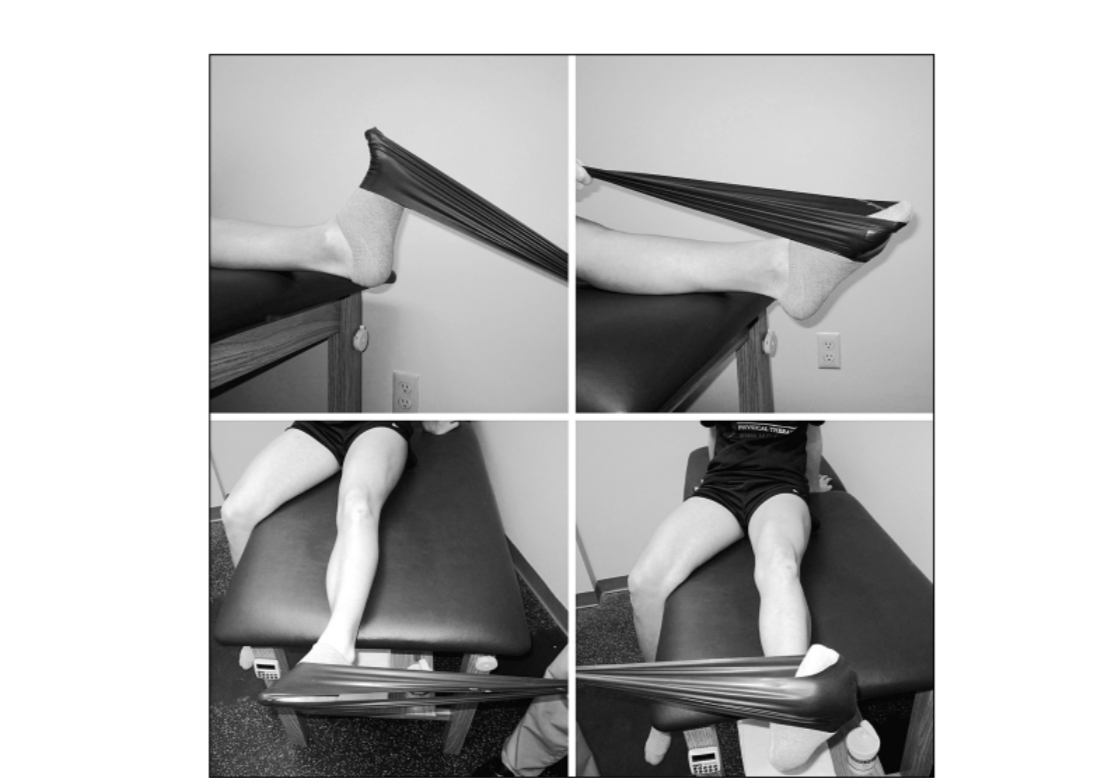Introduction
Soccer Injury Prevention and Treatment: Essential Mobility and Flexibility Exercises
As coaches and parents working with youth athletes, our primary concern should be their proper growth and development. No matter what stage of their career that athletes are in, growth and development is cyclical and there is always room for improvement.
By varying training regimens and keeping them fun and interactive, we can be certain our children are learning what it takes to be successful not only on the field, but also in life.
Of course, we wouldn’t have a topic for our book if it weren’t for the injuries in soccer that are inevitable! Injuries specific to the youth athlete often arise from various growth patterns and disorders, combined with acute or chronic trauma. But even these youth-specific conditions can be easily managed with proper
care and a logical treatment progression.
Soccer is a thrilling sport that requires speed, agility, and skill. However, it also comes with the risk of injuries. Whether you’re a professional athlete or a weekend warrior, it’s essential to prioritize injury prevention and treatment to stay on top of your game.
In this blog post, we will discuss the importance of mobility and flexibility exercises in preventing soccer injuries. We will also provide you with PDF guide that includes a set of exercises specifically designed to improve your mobility and flexibility.

The Importance of Mobility and Flexibility in Soccer
As a soccer player, having good mobility and flexibility is crucial. These two aspects of fitness not only enhance your performance on the field but also reduce the risk of injuries.
Improved mobility allows you to move freely and efficiently, enabling you to change directions quickly, perform explosive movements, and maintain proper body alignment. Flexibility, on the other hand, helps increase your range of motion, allowing you to execute various soccer techniques with ease.
When your muscles and joints are flexible, they can absorb impact and stress better, reducing the strain on your body and minimizing the chances of getting injured.
Soccer Injury Prevention: Mobility and Flexibility Exercises
Now that we understand the importance of mobility and flexibility, let’s dive into some exercises that can help prevent soccer injuries:
- Dynamic Warm-Up: Before every training session or game, it’s crucial to perform a dynamic warm-up. This involves active movements that increase your heart rate, warm up your muscles, and prepare your body for the demands of soccer.
- Leg Swings: Leg swings are excellent for improving hip mobility and flexibility. Stand next to a wall or a sturdy object and swing your leg forward and backward, keeping it straight. Repeat on both legs.
- Walking Lunges: Walking lunges work your hip flexors, quadriceps, and glutes. Take a step forward with your right foot, lower your body into a lunge position, and repeat with the left foot. Keep your core engaged and your back straight.
- Side Lunges: Side lunges target your adductors and glutes. Stand with your feet shoulder-width apart, take a step to the right, and lower your body into a lunge position. Repeat on the left side.
- Hamstring Stretches: Tight hamstrings can increase the risk of muscle strains. Sit on the ground with your legs extended, reach forward, and try to touch your toes. Hold the stretch for 30 seconds and repeat.
These are just a few examples of mobility and flexibility exercises that can help prevent soccer injuries. To access the complete set of exercises, try our Soccer Injury Prevention and Treatment PDF.
[sociallocker]
[/sociallocker]
Treating Soccer Injuries: When to Seek Professional Help
Despite taking preventive measures, soccer injuries can still occur. It’s essential to know when to seek professional help. If you experience severe pain, swelling, or inability to bear weight after an injury, it’s crucial to consult a healthcare professional.
They can properly diagnose your injury, provide you with the right treatment plan, and guide you through the rehabilitation process. Remember, early intervention and proper treatment are key to a speedy recovery.
Conclusion
As a soccer player, prioritizing injury prevention and treatment is vital to your long-term success and enjoyment of the sport. Incorporating mobility and flexibility exercises into your training routine can significantly reduce the risk of injuries and improve your performance on the field.






